Scientists believe there is enough evidence to date the find to the time of Jesus' disciples
Archaeologists may have found the traditional home of Jesus' apostles on the shores of the Sea of Galilee in Israel. Scientists believe that they have every reason to correlate the find with New Testament history.
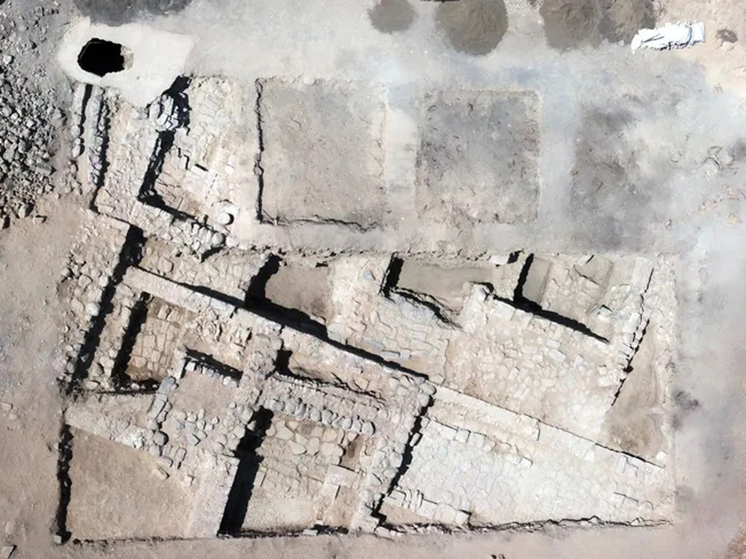 Photo: Kinneret Academic College
Photo: Kinneret Academic College
On the shores of the Sea of Galilee, just below the apse of a Byzantine-era basilica in what may be the lost village of Bethsaida, archaeologists have discovered the remains of a wall that predates the church's construction. The builders of the ancient temple may have believed that the wall, which they apparently revered and carefully built under the apse of their structure, belonged to the house of the apostles of Jesus – Peter and Andrey.
But, as Haaretz writes, this wall dates back to the second or third century – according to the researchers who led the excavations at El Araj, Professor Mordechai Aviam from the Kinneret Academic College and Professor Stephen Notley from the Kinneret Academic College and Yeshiva University.
However, perpendicular to it, in the lower archaeological layer, also under the floor of the apse , there was another wall. This remnant actually dates back to the first century – the time of Jesus and his apostles. Whether it was actually part of the house of the Apostle Peter we cannot know, but it dates back to the right time, notes Haaretz.
Two walls, one of which dates back to the second or third century, and the other to the first, were discovered when the mosaic floor of the apse was expertly dismantled by excavation restorer Yehoshua Dray. (Eventually it is expected that the floor will be restored.)
There is ample evidence to support the interpretation of el-Araj as Bethsaida, and the temple – like the Church of Peter, also known as the Church of the Apostles, writes Haaretz. First of all, the Byzantines did not build their basilicas just anywhere: they were always built with an apse located above the sacred relic, explains Aviam.
Moreover, the Byzantine faith was fascinated by the apostles, Haaretz notes. The last Christian herald of the late Roman period (20 years before the start of the Byzantine period) was Eusebius, who wrote the Onomasticon in 304, Notley points out, and he mentioned Bethsaida only for one thing: “It was the home of the apostles.” Not for the healing of the blind man from the Gospel of Mark or the feeding of many people described in the Gospel of Luke on the outskirts of Bethsaida, but because it is the city of the apostles”, – says Notley.
“In my opinion, its mention in the Onomasticon is evidence of the continuity of Christian memory of the close connection of Bethsaida with the house of the apostles Peter, Andrew and Philip, described in the Gospel of John 1:44”.
Moreover, the location of this wall and the loving care with which the builders of the church “packed” it was preserved, suggesting that it was a sacred relic; that the Byzantines revered this wall.
Reverence for the wall of a long-vanished sacred building is not unusual, Haaretz further writes. The Western Wall in Jerusalem is venerated as a remnant of the Second Temple, or at least the wall surrounding its courtyard. Now archaeologists have found evidence that the Byzantines venerated the wall at a fishing village on the Sea of Galilee in what is now northern Israel.
Bethsaida suddenly disappeared from Jewish and Christian historical records in the late 3rd century, perhaps because it flooded when the lake level rose. At some point, memory of the location of this Roman-era Jewish village was lost, not to mention the monuments within it.
But perhaps these memories were only lost later, probably after the earthquake that devastated Galilee in eighth century. Perhaps when the Byzantines combed the area in search of sacred places, the memory of the village and the house of Peter and Andrew was still alive.







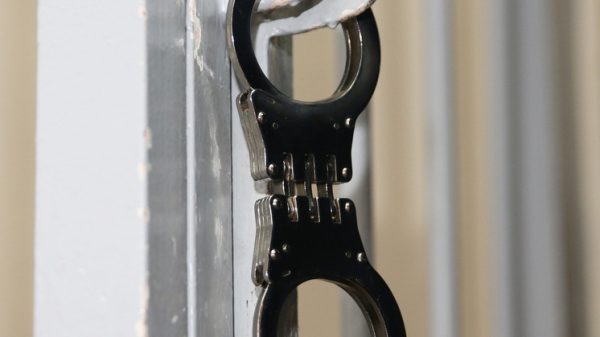





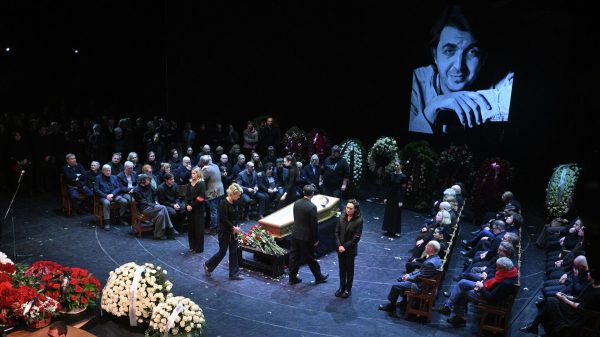

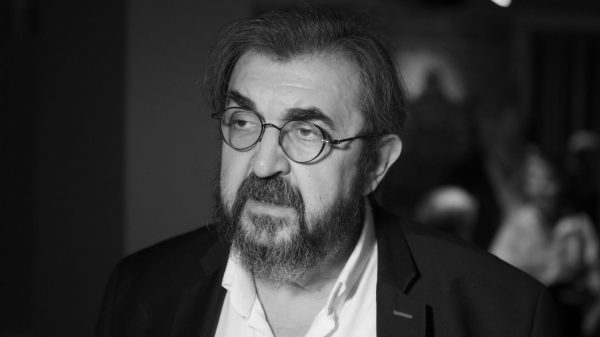




































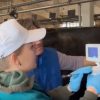





Свежие комментарии